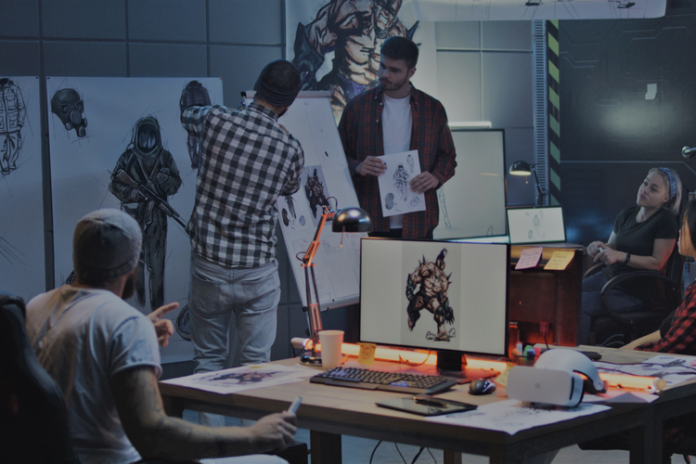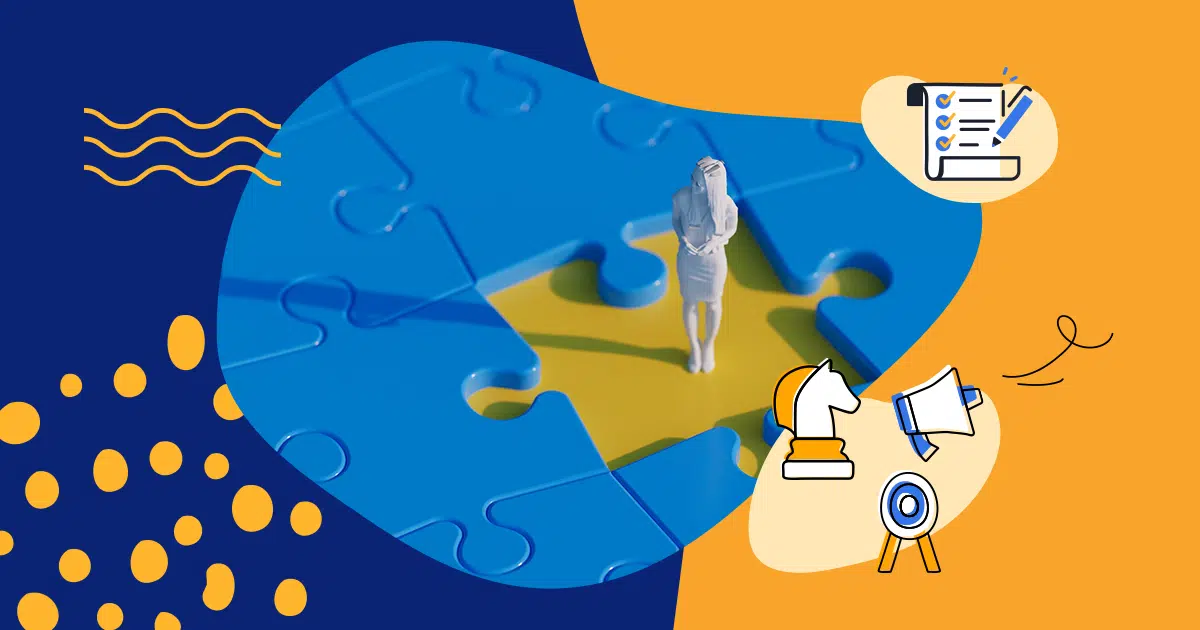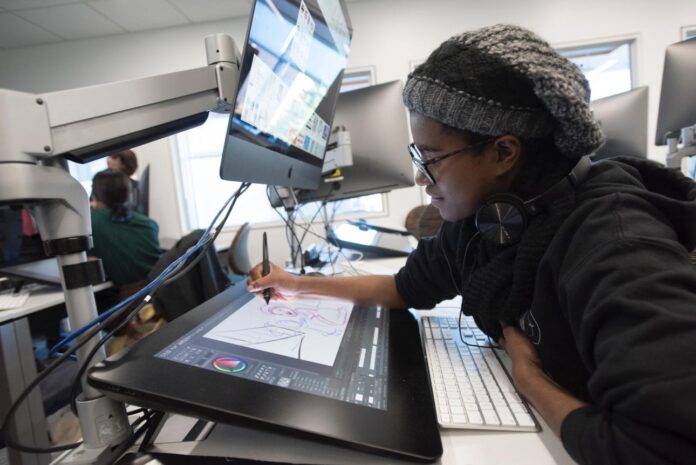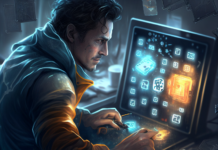Two essential positions play pivotal roles in generating immersive experiences in video games’ colorful and ever-changing world: game designers and game developers. While these names are sometimes used interchangeably, their responsibilities, skill sets, and contributions to the gaming business differ significantly. In this article, we will delve into the complexities of these jobs, putting light on their distinct viewpoints and explaining why each function is critical to the design of fascinating games.
Untangling the Differences in Roles
It’s critical to understand what is game design and development, the various jobs that go into game production. Game designers are the visionaries who create and conceptualize the game’s general design. They concentrate on the creative parts of the game, such as the narrative, characters, gameplay, and level design. Game designers create compelling gameplay experiences that engage and delight players.
Game developers, conversely, are the technical wizards who bring the game designer’s idea to reality. They are proficient in various programming languages, software development, and engineering. Game developers use their knowledge to code, test, and optimize the game’s features, ensuring smooth gameplay mechanics, audiovisual effects, and overall performance.
Game Designers’ Perspective on Experience Crafting
The capacity to think artistically, imaginatively, and analytically is a rare combination possessed by game designers. Their tasks include the creation of compelling stories and storylines, the construction of intricate levels, and the shaping of the player experience. They delve extensively into the psychology of the players, analyzing their desires, objectives, and feelings to design exciting, interconnected worlds.
A game designer starts with a blank slate, which serves as their canvas, and uses it to weave intricate narratives, generate one-of-a-kind characters, and devise puzzles that need deep thought. They balance difficulties and benefits to maintain players’ interest and participation throughout the game. Their artistic ability, as well as their storytelling skills, are necessary for the creation of the game’s atmosphere, aesthetics, and immersion.
Understanding the Role of a Game Designer from Concept to Creation
The process of designing a video game starts with the generation of ideas and concepts. They develop ideas, sketch rough drafts, and then collaborate with other designers to polish their overall image. Because designers work closely with artists, authors, and programmers during this phase to give form to their ideas, communication, and teamwork are fundamental aspects of the process.
After settling on a concept for the game, the designers create lengthy design docs that outline the game’s mechanics, rules, and visual aesthetics. The development team can refer to these documents for direction as they work to bring the game to life. Game designers must regularly iterate on their ideas, put them through playtesting, and polish them to ensure that the game’s mechanics are engaging and well-balanced.
Game Designers and Developers Collaborating
While game designers concentrate on the creative parts, game developers use their technical knowledge to make those concepts a reality. By coding the game engine, adding gameplay mechanics, and integrating audiovisual elements, they bring the game designer’s idea to life. Game creators optimize the performance of a game to ensure smooth framerates, responsive controls, and immersive soundscapes.
Throughout the development process, collaboration between game designers and developers is essential. Bridging the gap between artistic and technical applications requires effective communication and a shared vision. Game designers and developers collaborate to create novel gaming experiences by iterating, problem-solving, and pushing boundaries.

The Importance of Communication and Collaboration between Game Designers and Developers
A game designer and a game developer are both important members of any team, but they have different roles. As such, it’s crucial that these two disciplines work together closely to ensure the final product is as good as it can be.
A game designer will come up with ideas for gameplay mechanics and environments while also considering things like story elements, character roles and dialogue options. They’ll then present these ideas to the development team so that they can start working on them right away or make changes if necessary based on feedback from other members of the team (like programmers).
Game developers take these concepts further by figuring out exactly how they’ll work within the framework of a video game engine such as Unity or Unreal Engine 4 this includes things like making sure characters have animations when they walk around in an open world setting; ensuring AI characters behave realistically according to their motivations; creating music tracks based on themes from earlier stages in development etcetera ad nauseam!
Overcoming Challenges in the Design-Development Process
In order to create the best game, designers and developers must understand each other’s roles. Designers should understand the technical constraints of development, while developers should understand the creative constraints of design.
Both teams need to work together to overcome challenges in the design-development process so that they can deliver a great game on time and on budget.

Exploring the Creative and Technical Aspects of Game Design and Development
A game designer is the creative side of game development, while a developer is responsible for creating the actual game. The two roles must work together to create a cohesive experience that meets their mutual goals.
A good way to think about this relationship is through the metaphor of a chef and sous chef in a restaurant kitchen: The sous chef prepares all of the ingredients needed by his or her boss (i.e., plays with code), while he or she focuses on coming up with new recipes (i.e., designing gameplay).
The best games are created by teams of people across multiple disciplines who communicate effectively and work together towards a shared goal.
One of the most important things to remember when working on a game is that it’s not just a one-man show. A good team can make any project much better, and a great team can turn an average idea into something special.
The best games are created by teams of people across multiple disciplines who communicate effectively and work together towards a shared goal. Each member brings his or her own expertise to bear on the creative process: Artists create art assets; programmers write code; designers design levels; producers manage schedules; writers craft dialogues and so on. It’s crucial that everyone understands what role they play in creating the final product, as well as how their efforts contribute towards reaching its ultimate goal (which is often simply “make great games”).

Conclusion
Game designers and developers are vital in their respective positions in video game development. While game designers construct the creative vision, game developers bring those visions to reality by combining technological knowledge with aesthetic flare. Their partnership fuels innovation and allows for the development of fascinating, immersive games that transport players to fantastical realms.
Understanding the differences between game designers and game developers is critical for prospective game makers and enthusiasts. It emphasizes the industry’s broad skill sets and the importance of collaboration in generating exceptional gaming experiences. By acknowledging and appreciating the varied perspectives and contributions of game designers and developers, we may continue to push the frontiers of what is possible in video games.










